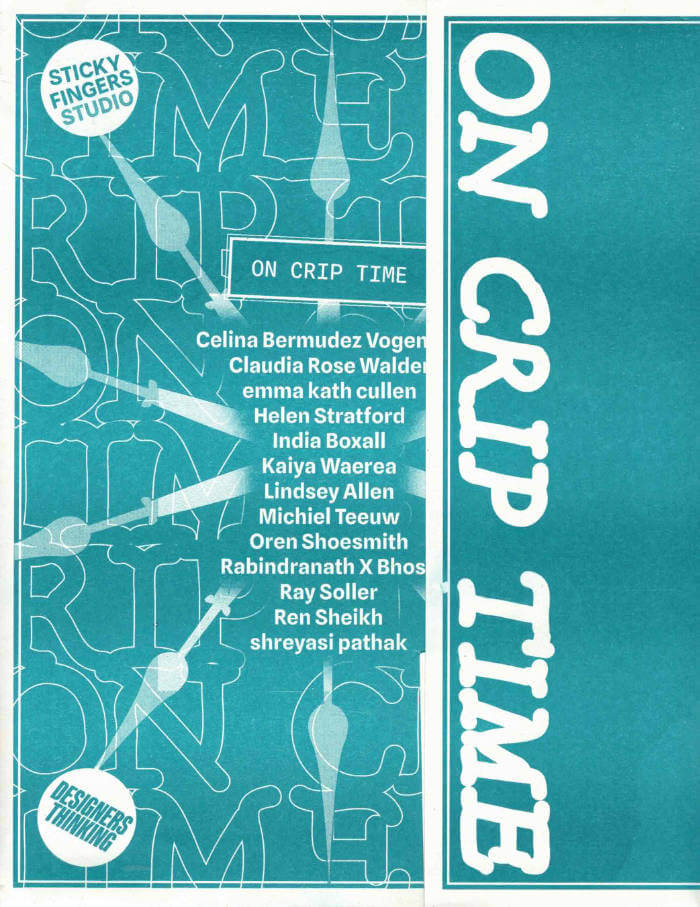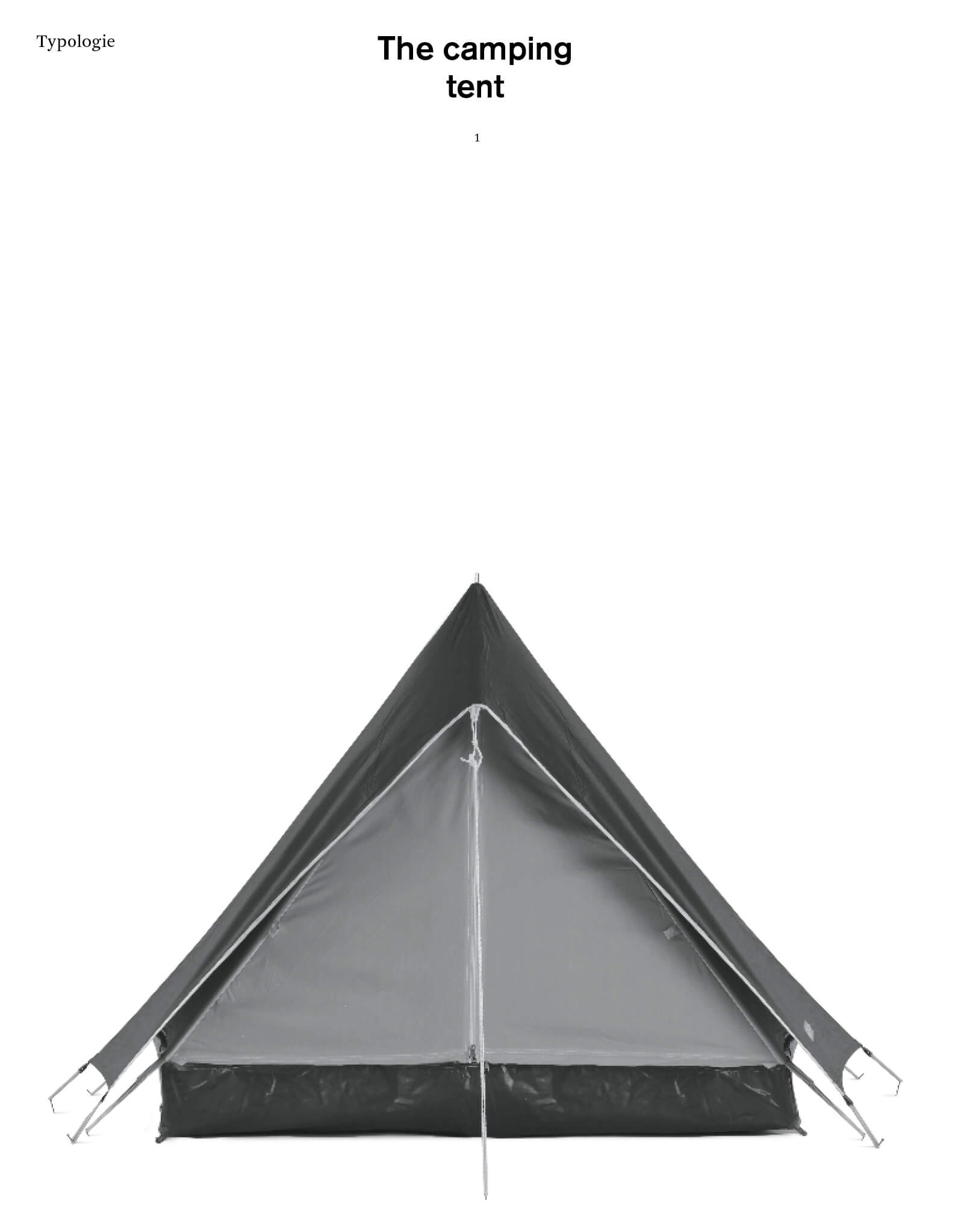
On Crip Time
Michiel Teeuw ed., Kaiya Waerea ed.
This publication brings together works produced during the ‘Woke Designers Reading Club: Designing on Crip Time’ programme devised by Kaiya Waerea and Michiel Teeuw in Autumn 2022. Here we gathered to read, watch, listen and write through questions orbiting around how systems of time are enforced to prevent disabled people from accessing the future.
In this publication, you will find a range of unruly resistances. From flowcharts of lives lived and unliveable, to prayer mats, to posters, to diagrams cartographing time, to manifestos for being in a world that is built to erase us.
Designed by converger / Michiel Teeuw
Printed and finished by Sticky Fingers Studio
Featuring Celina Bermudez Vogensen, Claudia Rose Walder, emma kath cullen, Helen Stratford, India Boxall, Lindsey Allen, Michiel Teeuw, Oren Shoesmith, Rabindranath X Bhose, Ray Soller, Ren Sheikh & shreyasi pathak, with an introduction by Kaiya Waerea.
23x18cm finished size, includes an A5 24pp pamphlet, 6 A3 unbound sheets & 1 A3 wrap cover, risograph printed throughout







